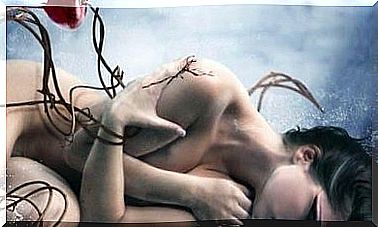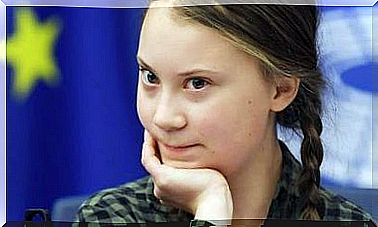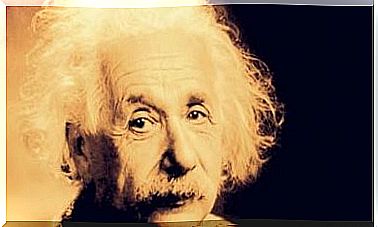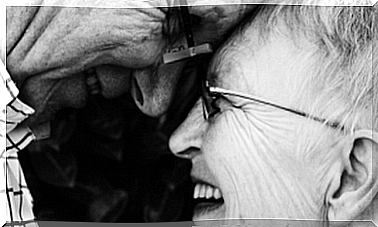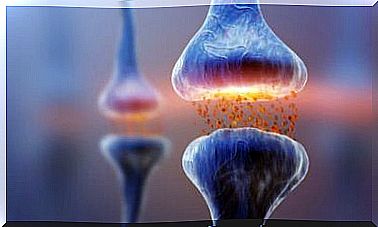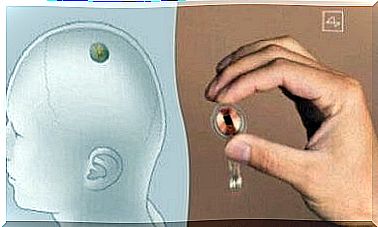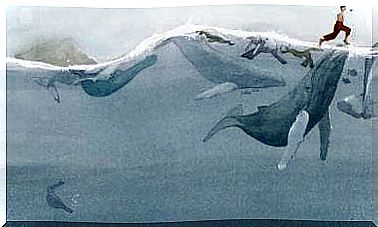Life Of Jiddu Krishnamurti, Seeker Of Truth
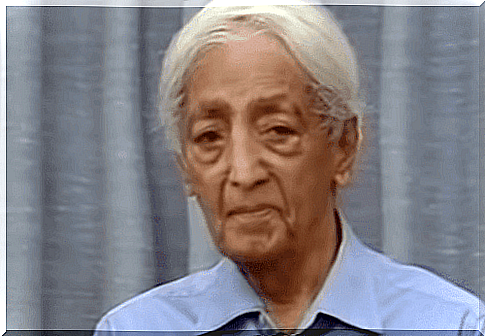
Let’s get closer to the life of Jiddu Krishnamurti, one of the most important spiritual masters of the 20th century and whose teachings are still followed throughout the world.
He was not yet eighteen when the Theosophical Society chose him to transmit its philosophy to the world. He was educated for this purpose within an organization called the Order of the Eastern Star, of which he became the head.
Despite being educated in this order for twenty years, Krishnamurti eventually questioned its dogmas. It was then that he embarked on a personal psychic journey, spending the rest of his life traveling and lecturing on the need for world change.
He did not create a religious group, but he devoted his energies to explaining why it is necessary for humanity to free itself from fear, anxiety, jealousy, pain and anger. At his death he left a great legacy made up of speeches, writings, interviews and letters.
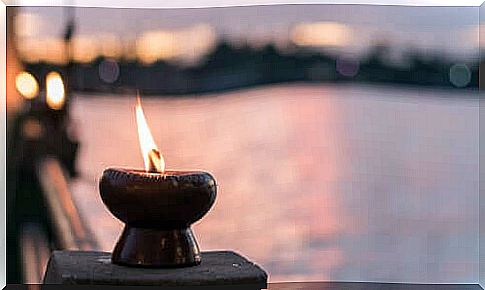
Early life of Jiddu Krishnamurti
Jiddu Krishnamurti was born into a family of Hindu Brahmins in a small town in southern India. As a child he was often ill and part of his family came to consider him mentally unstable. Some sources speak of mistreatment and abuse received by the father and some teachers.
At the age of ten, his mother and sister died, events that marked him deeply and for a long time. Little Krishnamurti, however, found peace by taking refuge in nature. In 1909 he had a meeting with Charles Webster Leadbeater, a theosophist who claimed to be clairvoyant and who was struck by the boy’s aura; it was already then that Krishnamurti was proclaimed the future leader of the world and humanity.
Under the protection of the Theosophical Society, to which Webster belonged, the young man was educated in Adyar and later abroad. Here he was adopted by another member of the organization, Dr. Annie Besant to whom he was tied by deep affection and in whom he found a mother figure.
The Theosophical Society and Jiddu Krishnamurti
In 1911 the company created the Order of the Eastern Star for its new master, Jiddu Krishnamurti. In the same year he moved to London, the city where he gave his first speech and began to publish his writings. For the next three years he visited Europe, with his Theosophist followers in tow. After World War I, he embarked on a world tour during which he gave numerous lectures.
In 1922 he took a trip to California where he met what would be the most influential figure of his life: Rosalind Williams, with whom he fell in love and with whom he founded the Happy Valley School. The relationship, however, didn’t work out and Rosalind ended up marrying her best friend.
In that year Krishnamurti experienced what he described as a very deep spiritual awakening, a mystical union. His brother, who had accompanied him all those years on his travels, died a few years later, struck by tuberculosis.
After his brother’s death, Krishnamurti lost faith in theosophy, until the Order was dissolved. This decision earned him a certain enmity among the followers of the organization.
Solo travel and new anxieties
He devoted the next 14 years to travel, seminars, and writing. After this period, he returned to India in 1947 for a cycle of lectures that involved a thousand young intellectuals following him.
In the 1960s he approached psychology and scientists of the caliber of David Bohm whose interest in metaphysics coincided with Krishnamurti’s ideas. He removed all religious or political beliefs from his life, convinced in the most absolute way that these were the objects that divide humanity.
His teachings transcend man-made belief systems. He avoided embodying the figure of the guru and in his lessons he did not speak of schools of thought or traditions, but of his own knowledge of the human mind and of a personal vision of the sacred. He embraced the challenges posed by psychologists and scientists.
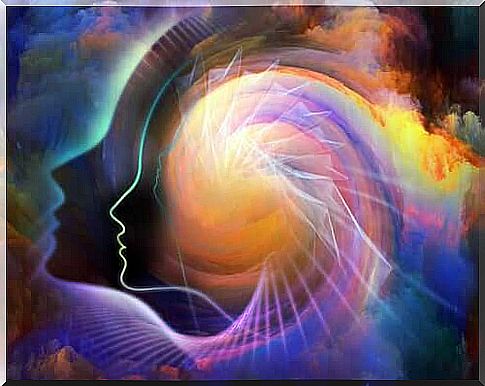
Krishnamurti’s legacy
Jiddu Krishnamurti’s life stopped at 90 due to pancreatic cancer. His ashes were scattered in India, the United States and England, the three countries that had the most influence in his life.
He founded various schools around the world including the Krishnamurti Foundation which is still in operation and runs several schools. His followers continue to work in non-profit organizations, under his name and conveying his teachings.
Truth is a pathless land
The heart of his teachings is contained in a speech delivered in 1929 in which he said that truth is a pathless land. Man cannot reach it through organizations, creeds, dogmas, priests or rituals. Even philosophical knowledge does not lead us to the truth. We can find it only through observation and understanding of what is contained in our mind.
Man is surrounded by symbols, ideas, beliefs; this load dominates our thinking and therefore our daily life and our relationships. We define ourselves poorly in the name of a superficial culture that we make our own by tradition. Our essence, however, does not reside on the surface, but in the liberation of consciousness, where freedom is also found.
